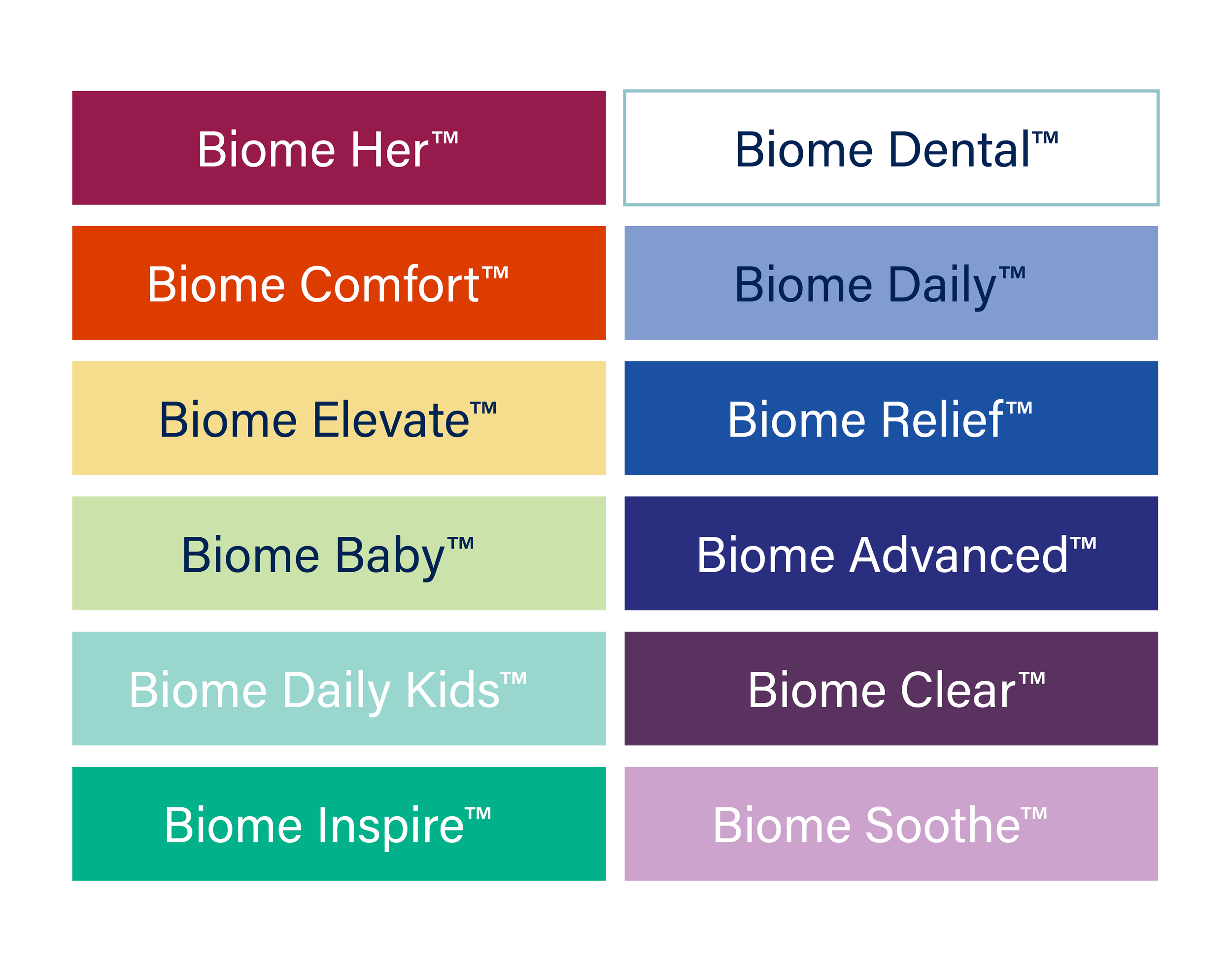We love healthcare practitioners
We’re dedicated to supporting practitioners in delivering the best possible care to patients. Alongside our practitioner-only range of probiotics, we prioritise high quality education that will assist our community of practitioners in making evidence-based selections for their patients.
The oral microbiome and its impact on whole-body health
The vaginal microbiome and L. crispatus dominance
The unique characteristics of a neonatal microbiome
Clinically-trialled probiotic strains for pediatric immunity
Specialised probiotic strains for the treatment of IBS
The link between the gut microbiome and atopic dermatitis
Clinical Summary Guide
A chart which allows practitioners to compare the indications, clinical evidence, delivery methods, directions for use and formulations of each Activated Probiotics product.
Meet the Activated Probiotics range
FAQs
-
No, Activated Probiotics are shelf-stable and do not need to be kept in the fridge. our products will contain the number of live probiotic microorganisms as stated on the label up until expiry – with no need for refrigeration.
-
Yes, Activated Probiotics are dairy free and gluten free.
-
Activated Probiotics products can be taken at any time of day, with or without food. It is commonly believed that the survival of probiotics through the stomach is greatest if taken just before (within 30 minutes) or at the same time as a meal. Many of Activated Probiotics products are microencapsulated which helps to increase their survival through stomach acid.
-
Antibiotics do not prevent probiotics from exerting their beneficial effects. Current evidence suggests that probiotics should be administered simultaneously with antibiotic treatment and as close to the first dose as possible in order to prevent the most common side effect: antibiotic-associated diarrhoea. Additionally, as the digestive tract is constantly exposed to antibiotics through the bloodstream and not just when the antibiotics are being digested, separating the doses is not required.


